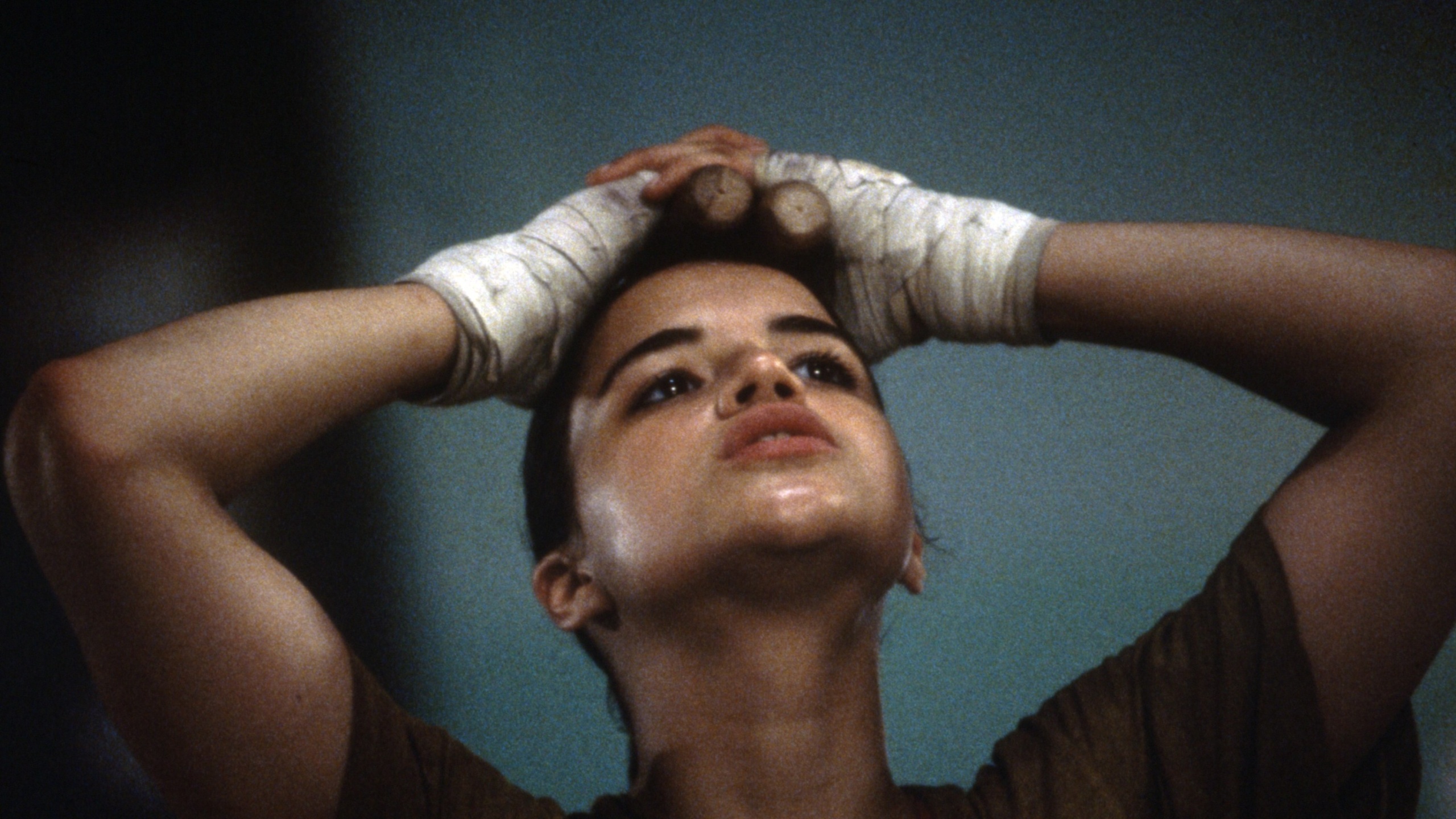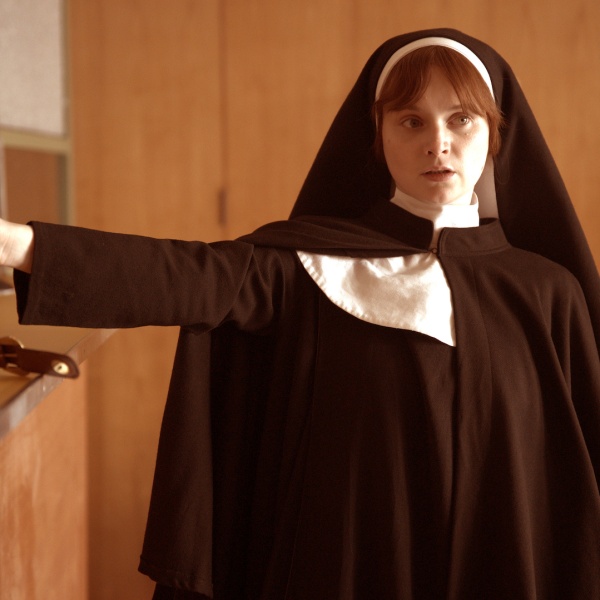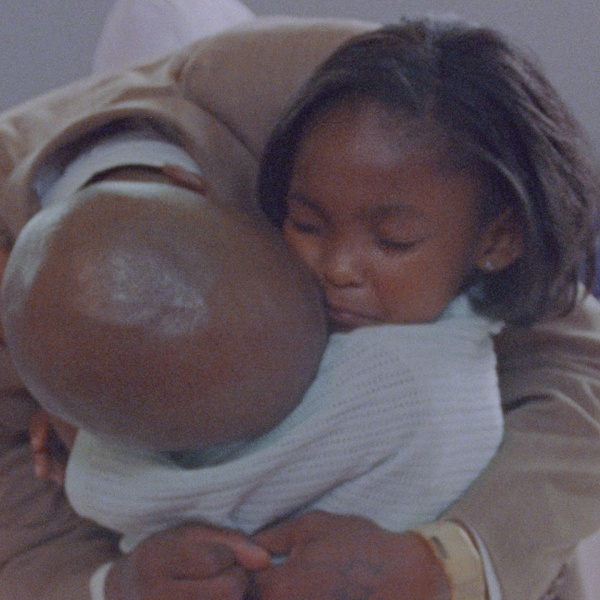On January 22, 2000, writer/director Karyn Kusama‘s feature debut “Girlfight” premiered at the Sundance Film Festival and, like “sex, lies, and videotape” and “Reservoir Dogs” before it, announced the arrival of a born filmmaker. Kusama has gone on to direct a wide array of great films and television episodes, including the once underrated but now properly exalted horror movie “Jennifer’s Body” and her searing masterpiece “Destroyer,” but “Girlfight” holds its own against Kusama’s later, more well-resourced work — her tale of a troubled teenager (a then-unknown Michelle Rodriguez) who channels her aggression into boxing has held up beautifully thanks to Kusama’s intensely personal investment in the story and her instinctive awareness of where to place the camera to tell that story with maximum impact. Fill
If the movie, which Criterion has recently released on Blu-ray with a gorgeous new transfer supervised by Kusama, looks even better now than when it was released, that might be because the thriving independent film movement to which it belonged is no longer providing the support system for filmmakers like Kusama to break through. “The American indie scene at the time was actually quite robust,” Kusama told IndieWire’s Filmmaker Toolkit podcast. “There were a lot more financing and distribution entities, and it just felt like on an exhibition level, there were a lot of indie films in the theaters. There was a sense that it was a viable gamble. And I would say a few years after making ‘Girlfight’, we saw, at least in New York, a near-total collapse of the indie film business. So it makes me think about how quickly things build and then can change.”
At the time Kusama wrote “Girlfight,” she was working for filmmaker John Sayles, who himself was in the middle of a golden era of indie filmmaking and ultimately became an investor in Kusama’s movie. That was after a number of false starts as Kusama kept hitting walls over her insistence on casting a Latina actress in the film’s central role. “Every moment that we felt we had made some progress and found some real money, with it came attached the kind of lead balloon of, ‘Can the lead be a white girl? Can she be 25 instead of 18? Does she have to be poor? Um, like, does she have to be so angry?’” The changes financiers requested were so antithetical to the foundations of the story that Kusama found herself turning down money, a frightening choice but one she felt she had to commit to. “The idea of having to wrap myself into some kind of theoretical pretzel to make something that wasn’t true to me, I didn’t know how to do that.”
Once Kusama did raise financing without those strings attached, she zeroed in on the inexperienced but clearly talented Rodriguez for the lead role. “I think there was something about that meta quality in her that she was raw and unformed as an actor and playing a person who is raw and unformed as an athlete,” Kusama said. “It ended up being the correct marriage of qualities.” While the world that Rodriguez’s character came from was supposed to be somewhat rough and worn down, Kusama was insistent that it contain its own type of visual elegance; one of the reasons the film has aged so well is that she finds the poetry in the handmade worlds of the gyms Rodriguez inhabits. “To me beauty is an essential component of the pleasure of cinema. I don’t ascribe to the view that if the world is ugly, the world we look at has to be ugly. I think there needs to be some attempt at excavating the human will toward finding visual aliveness.”

Shooting on location in New York contributed to that energy, which Kusama presents as both aspirational and oppressive over the course of the film. “I was trying to suggest what we assume to be the endless possibility of life in the big city combined with the crushing anonymity of all of it and the sense that so many lives go unseen or dismissed or forgotten,” Kusama said, explaining why it was important for her to capture as much of the city on film as she could even when she was up against the limitations of her budget and schedule. She also acknowledged that while she, like all directors, would always like more time and money, there’s an advantage to limited funds. “Embracing that lack of resources gives a tremendous distillation of intent, and that distilling process can be really freeing because you figure out the most essential thing you’re trying to express.”
That striving toward distillation provided the movie with its powerful opening, a simple look at Rodriguez in a high school hallway that was much less complicated than what was originally scripted but ultimately resonated in a way that worked for both the film and the character. “We had to really recognize that this is about a character we are going to investigate and live with for a few hours,” Kusama said. “So we decided to do something as simple as [move from] a character that doesn’t look back at us to a character that does. It was three very simple shots that allowed us to create a moment of eye contact with the camera that also, I hope, communicates a sense of, ‘I need your full attention.’”
While “Girlfight” garnered a lot of attention for Kusama, it didn’t necessarily lead to the opportunities she had hoped for — and, given the film’s power and craftsmanship, deserved. “There are movies I’ve wanted to make or stories I’ve wanted to write, some of which haven’t gotten made,” Kusama said. “After ‘Girlfight,’ I tried to get something made that I also wrote and just couldn’t get the money.” The films Kusama has made — “Æon Flux,” “Jennifer’s Body,” “The Invitation,” and “Destroyer” — are the result less of any kind of grand strategy than of the random circumstances under which the director could get a film financed at any given moment. It’s something Kusama is starting to make peace with. “It’s funny, because some of the most interesting careers to me are the ones that are ultimately stories about the mistakes, the accidents, and the intentionality of a life unfolding. As much as I rail against my own circumstances, I’m also hopeful that over the course of decades, I’ll have a body of work that just reflects the circumstances in which I was living.”
Criterion will release a new special edition Blu-ray of “Girlfight” on May 28.




